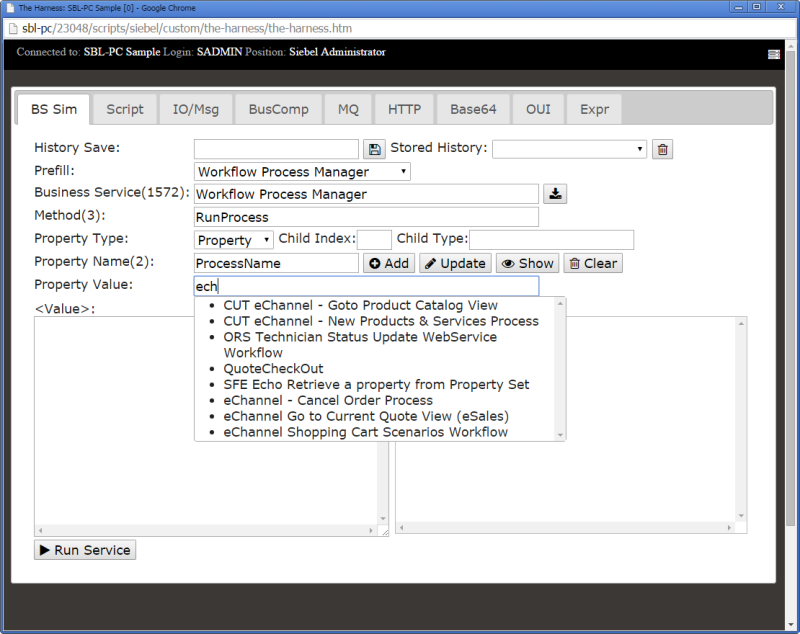Open Source Automation Tools For Siebel Jobs

Selenium is a browser automation tool, that allows web projects to automate repetitive tasks. As an early pioneer of Open UI, I found this new capability to be incredibly useful for achieving continuous integration. I gave readers a hint of this last year, in the article, which left readers with a list of ingredients, and a plan to manage their build automation. Now that more Siebel projects around the world are on embarking on upgrading their Siebel Applications to Siebel Open UI. Its about time we advance this concept into something more tangible that Clients can benefit from. Varian Star Chromatography Workstation Manual Lawn.
Automation test tools are designed to increase productivity. Selenium is the most popular open-source tool for Web UI automation testing. It is efficient and highly. What is the future in Blue prism automation tool? More than 5 Million jobs are available by 2020 for automation. Different Tools In RPA Training At Open Source. Blog by Geraint Thomas. Siebel is a fully web compliant application meaning we can exploit open source web testing frameworks. Compare Siebel, Salesforce, and. Career & Internship Center University of. Commercial and open source Automation Tools and. And executing automation on various modules of Siebel.

Picture this. As part of the Open UI upgrade, you are required to navigate to 1000+ views in Siebel and test for WCAG defects in all 3 major browsers. That isn't so exciting.
Testing for Open UI defects requires a high level of thoroughness to ensure that entire your Application is compliant, and remains compliant in the future. The move to Open UI will expose poor configuration practices that might have been passable in HI, but will break in Open UI. Open UI will also introduce defects as a side effect of the upgrade. The simple approach to this problem is to brute force it, and assign a team of developers to navigate to each view to analyse for technical defects. But this isn't really viable, as a long term strategy, a smarter approach is to use web automation.
Web automation brings to mind images of robots that are used to scrape web sites, harvest email addresses and index content, but Siebel developers have a more important itch to scratch: Testing the Siebel UI. The obvious use case is to run continuous integration testing, to ensure that new builds are thoroughly tested over night. A more advanced crawler can be built to perform functional testing of the applications main areas, but the scope of this article is to show how you can build your own Open UI crawler that can be used to programatically navigate to each view, and optionally validate your application. Theres no shortage of tools in the market that is available to perform this sort of work, but if we narrow our criteria to open source web automation solutions, the Selenium web driver makes a pretty good choice, as it's also set to become a W3C recommendation. Selenium works with all the major browsers, is compatible with your favorite programming language, and it is also free.
This article will provide you with a sample application that implements Open UI automation with Ruby, but you can extract the lessons learnt from this article, and implement them in your language of choice. I've chosen to use Ruby as my language, because there is solid support for web automation. Ruby has gems that allow the developer to easily parse the DOM, make selections using CSS or XPath syntax, deal with dialog boxes, and take screen shots of problem views. Combining with this Watir, which is a selenium wrapper in Ruby, allows the developer to build the automation quickly in a light weight language. The solution for your project may be different, if you require enterprise support, headless servers, or if you plainly prefer to stick to your language of choice, because of your available skill set, then the right tool for your circumstance will be different. The most important ingredient here is Selenium, or in this case Watir, which is a Ruby flavor of Selenium. Selenium This is the Browser automation API that allows you to control your browser programatically ' Selenium automates browsers.